 Lawrence A. Davis
Lawrence A. Davis
Race and Ethnicity: African American
 Lawrence A. Davis
Lawrence A. Davis
Davis, Lawrence Arnette, Sr.
Davis, Lovett (Lynching of)
 Willie Davis
Willie Davis
Davis, William Delford (Willie)
 Willie Davis
Willie Davis
Dawson, Ethel Beatrice Ross
Dean, Arthur (Lynching of)
 Herbert Denton Jr.
Herbert Denton Jr.
Denton, Herbert Jr.
 Herbert Denton Jr.
Herbert Denton Jr.
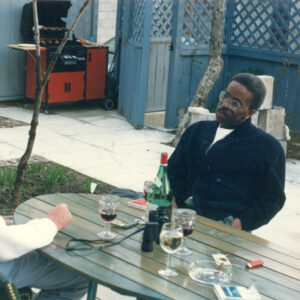 Herbert Denton Jr.
Herbert Denton Jr.
Devoe and Huntley (Lynching of)
aka: Huntley and Devoe (Lynching of)
DeWitt Lynching of 1891
Dillard (Lynching of)
Dixon, Giles (Execution of)
 Martha Dixon
Martha Dixon
Dixon, Martha
Dodd, Frank (Lynching of)
 Dolemite Poster
Dolemite Poster
Donaldson, Jeffrey Richardson (Jeff)
 Jeff Donaldson
Jeff Donaldson
Donnelly, Robert (Lynching of)
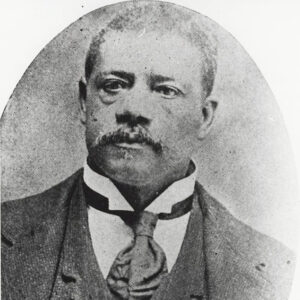 J. N. Donohoo
J. N. Donohoo
Dove v. Parham
 Solly Drake
Solly Drake
 Solly Drake Card
Solly Drake Card
Drake, Solomon Louis “Solly,” Jr.
Driftwood (Lawrence County)
Duke, Charles Sumner
 J. C. Duke
J. C. Duke
Dumas (Lynching of)
Dumas Race Riot of 1920
 Henry Dumas
Henry Dumas
Dumas, Henry
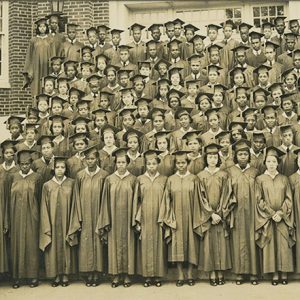 Dunbar High Class of 1939
Dunbar High Class of 1939
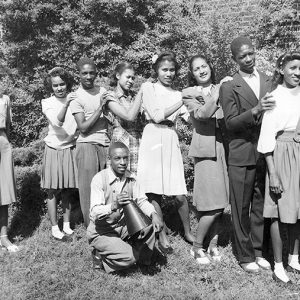 Dunbar High Pep Squad
Dunbar High Pep Squad
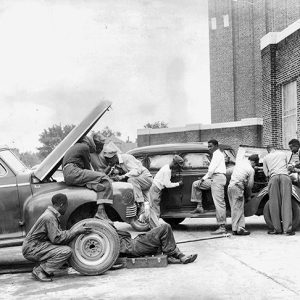 Dunbar High School Auto Mechanics Class
Dunbar High School Auto Mechanics Class
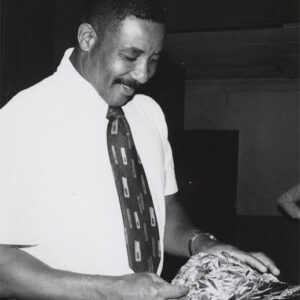 Louis Dunlap
Louis Dunlap
Dupree, Amos “General” (Execution of)
Dye, “Aunt Caroline”
aka: Caroline Tracy Dye
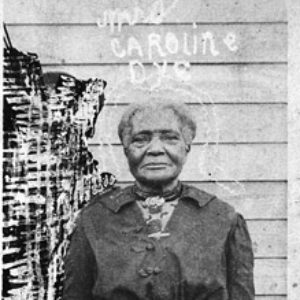 Caroline Dye
Caroline Dye
Earle Race Riot of 1970
 Ebony Magazine
Ebony Magazine
 Eckford Bench
Eckford Bench
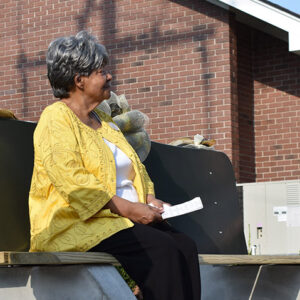 Elizabeth Eckford
Elizabeth Eckford
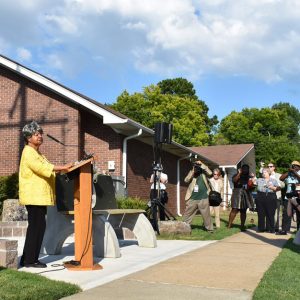 Elizabeth Eckford
Elizabeth Eckford
Eckford, Elizabeth Ann
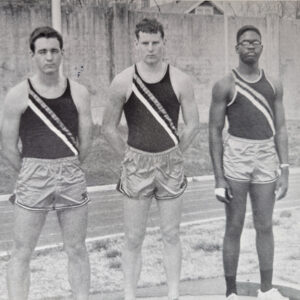 Ed Whitfield in High School
Ed Whitfield in High School




